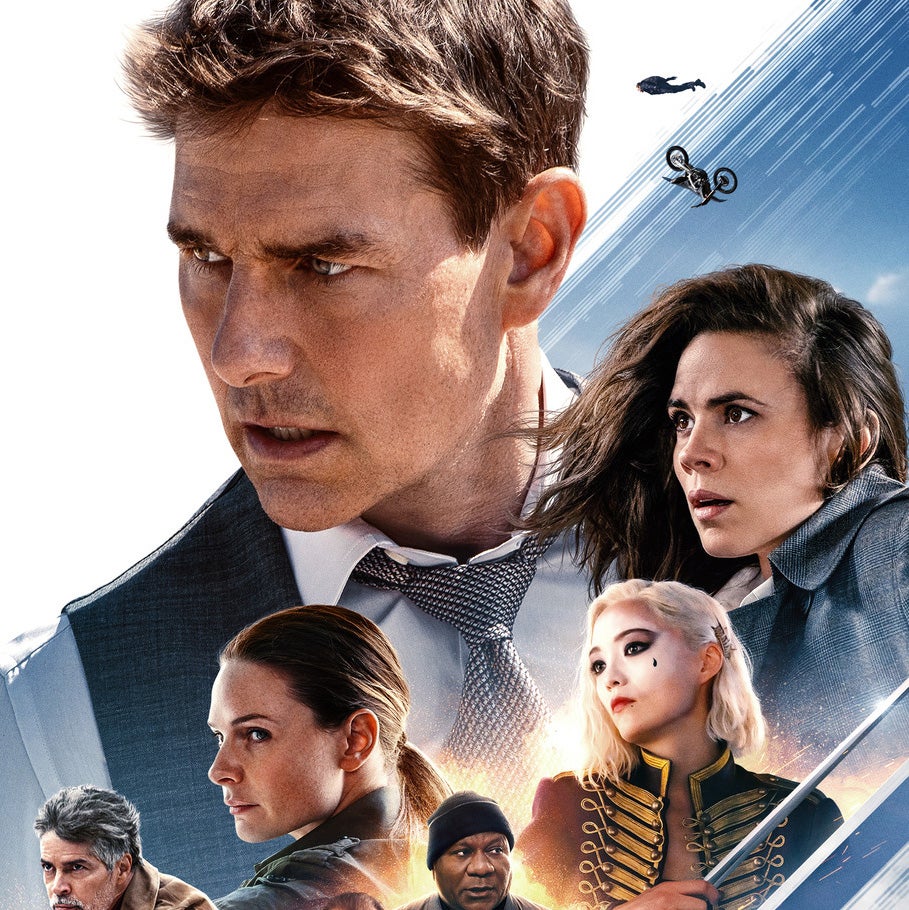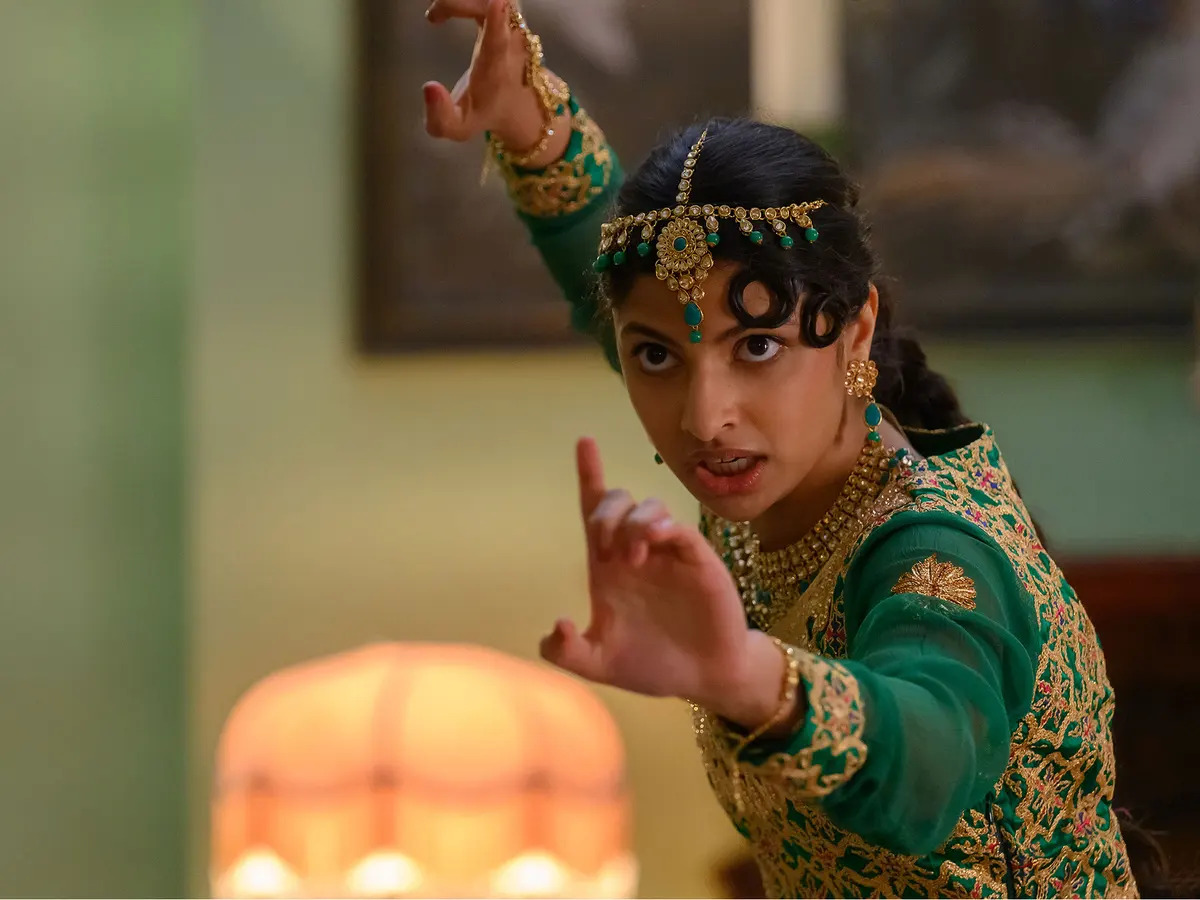Monster-in-Law
Posted on May 8, 2005 at 12:24 pm
B-| Lowest Recommended Age: | Mature High Schooler |
| Profanity: | Some strong language |
| Nudity/ Sex: | Sexual references and non-explicit situations |
| Alcohol/ Drugs: | Drinking |
| Violence/ Scariness: | Comic, cartoon-style violence |
| Diversity Issues: | A theme of the movie |
| Date Released to Theaters: | 2005 |
Jane Fonda is having such a blast being back on screen in a pull-out-all-the-stops performance that it seems a little stingy not to enjoy it more. But this latest variation on Meet the Parents and Cinderella is always a little less charming, a little less funny, and a lot less entertaining than it thinks it is, wants to be, and needs to be.
Jennifer Lopez brings sweetness and charisma but no special talent for comedy to the role of Charlie, a straight-from-the-romantic-comedy-heroine-store plucky but warm-hearted girl who makes a living with a jumble of “won’t this be cute” temp jobs (She walks dogs! She passes hors d’oeuvres! She is a receptionist at a doctor’s office getting handed little paper bags with icky stuff inside!). She has dreams of being a fashion designer. She meets Kevin (Michael Vartan of “Alias”). He’s cute, he’s a doctor, he’s rich and he’s crazy about her. The only thing preventing them from living happily ever after is the wicked stepmother, I mean prospective mother-in-law.
That would be Fonda as Viola, once the top interview host on television, then replaced by a teenaged pop star, now just out of the hospital after a nervous breakdown. Cue the weapons of nuptial mass destruction.
Plucky heroine, handsome love interest, and second-act complication in place. The formula also calls for wisecracking best friends. Charlie has two, a gal pal and of course a gay man (the talented Adam Scott). The 90’s called; they want their most popular accessory for rom-com heroines back. Viola has Wanda Sykes, whose imperishably acid delivery is the best part of the movie, though her character is uncomfortably reminiscient of too many black character actors playing outspoken servants in old movies. But that’s way ahead of Kevin’s best friend (thankfully onscreen very briefly) who has a not-even-a-little-bit-funny thing for very young girls. Ew.
Viola thinks Charlie is not good enough for Kevin, who wisely finds a way to leave town for most of the movie. She tries to make Charlie so miserable that she will — what? it’s never clear how the stunts she pulls relate to the idea of stopping the wedding. Lucy and Ethel could teach this chick plenty.
Things perk up a bit when Charlie decides to strike back and when Elaine Stritch arrives to show J. Lo and J. Fo how it’s really done. But the stakes seem so petty (Viola gives Charlie a gorgeous vintage that won’t fit over Charlie’s generous booty, Viola wants to wear a WHITE dress to the wedding instead of the peach horror-with-ruffles Charlie designed for her) and the tactics so unimaginative (a slap-fest and some allergy-inducing nuts) that it has the appeal of stale wedding cake and yesterday’s bouquet.
Parents should know that this movie has some raw material for a PG-13, including strong language, dogs having sex, jokes about gay sex, sexual arousal, and a man who is interested in underage girls. Some audience members may be disturbed by casual references to crucifix jewelry and church.
Families who see this movie should talk about their own experiences of meeting future in-laws and any differences of style or culture that might have caused stress. What should Kevin have done to resolve the differences between Viola and Charlie? Would Viola have been less upset if she still had her job?
Families who enjoy this movie will also enjoy seeing Fonda in some of her early romantic comedies like Barefoot in the Park and Sunday in New York. Another double Oscar-winner, Jessica Lange, goes over the top as a monster-in-law facing off against Gwenyth Paltrow in the grand guignol drama Hush. But the prize for all-time worst movie mother-in-law is Laura Hope Crewes in The Silver Cord.






